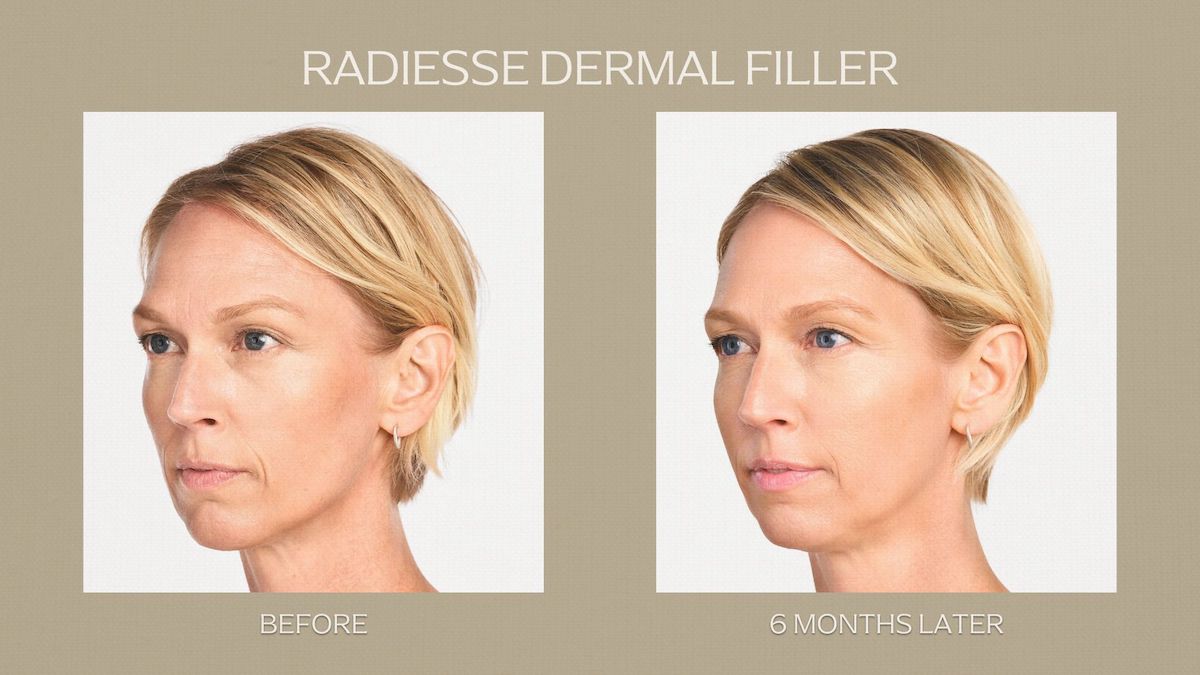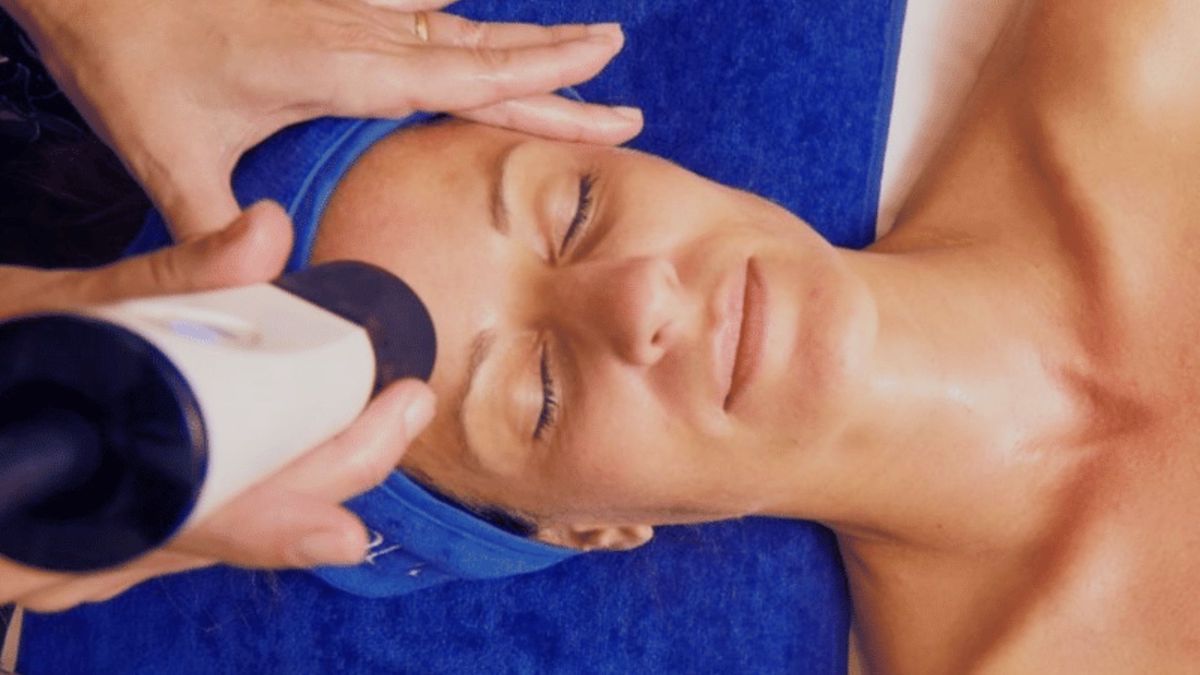Anyone who suffers from melasma will know what a frustrating skin condition it is.
One of the more stubborn forms of hyperpigmentation, it’s also frustratingly temperamental, often worsening at the first sign of irritation or inflammation.
So the first step in managing it, is understanding it.
Appearing as dark pattern-like patches across the skin, melasma most commonly affects the face, and can often cover relatively large areas. Although it doesn’t hurt, itch, or come with any health risks, it can hugely impact a person’s self-confidence, so most people with melasma are very keen to find ways to get rid of it.
While it’s currently not possible to “cure” melasma permanently, there are multiple ways to treat it and prevent the likelihood of it reoccurring, which boil down to these three things:
- Sunscreen, sunscreen, and more sunscreen.
- Using quality skin-lightening creams and other targeted skincare products.
- Advanced in-office treatments such as laser skin rejuvenation and chemical peels.
If you want to find out more about how to get rid of melasma, keep reading.
Or, if you live in the Cleveland area, come and see us at BodyTonic med spa. From the best-quality topical skincare treatments to the most advanced minimally invasive skin-rejuvenation treatments, we’ll be able to help you treat and manage your melasma in the way best suited to your individual needs.
What is melasma?
One of the most persistent forms of hyperpigmentation, melasma is characterized by brown or blueish-gray patches of skin, often quite large in size, that can have a pattern-like appearance.
It’s most common on the face: across the cheeks, bridge of the nose, chin, forehead, or upper lip, but it’s also possible to get melasma on other parts of the body, particularly those that get a lot of sun exposure, such as the arms and hands, neck, and back.
Melasma doesn’t hurt, itch, or pose any kind of health risk, but due to its noticable appearance it’s something a lot of people become quite self-conscious about, and in severe cases it can have a significant impact on a person’s confidence. Understanding how to get rid of melasma on the forehead, nose, or any other part of the body can therefore significantly improve a person’s quality of life.
Anyone can develop melasma, but it primarily affects women, with 90% of cases being in women in their 20s, 30s, and 40s. People with medium to darker skin tones are also most prone to developing melasma. This is because it’s linked to melanin, the substance in the body that gives color to hair, eyes, and skin, so those with naturally higher levels of melanin are more inclined to develop melasma.
What causes melasma?
Melasma happens when the cells producing melanin in the skin become overactive. This can happen for a number of reasons, but the two biggest causes by far are hormone changes and sun exposure – although it’s still not understood why melasma affects some people but not others.
Often referred to as “the mask of pregnancy”, it will come as no surprise that pregnant women are one of the biggest groups affected by melasma. This is due to the hormone changes that take place during pregnancy, however, in addition to natural hormonal changes, birth control pills and other hormonal medications are also known to be a trigger.
Sun exposure is the other main culprit. However, it’s not only the sun that’s known to cause or worsen melasma, but light exposure in general – including blue light from e.g. lamps or computers. The best way to combat this if you’re prone to the condition is by using mineral-based sunscreens containing the likes of zinc and iron oxide. Unlike chemical-based sunscreens, which only protect against the sun’s UV rays, these minerals completely block all forms of light exposure. So although sunscreen won’t get rid of melasma, it’s a vital step in preventing it from appearing or worsening.
Can you get rid of melasma forever?
While it’s not possible to cure melasma permanently, there are a range of treatments that can drastically improve its appearance.
The first line of defense almost always involves topical treatments, which can include both high-quality skincare products or prescription medications. Bear in mind that topical treatments take time to work, with most routines taking three to four months to yield visible results.
If topical treatments aren’t producing the results you want, or quickly enough, in-office treatments like laser skin therapy and chemical peels are then recommended. Although these treatments can be done on any area of the body, they’re particularly useful for getting rid of melasma on the forehead, nose, upper lip, or other parts of the face.
There’s no one melasma treatment that will work for everyone, so it’s important to always seek professional advice for your individual circumstances.
And while treatments can sometimes effectively banish all signs of melasma forever, it’s also important to understand that, unfortunately, this can never be guaranteed. Due to its unpredictable nature, melasma can sometimes reappear of its own accord without warning, and other times may not respond to initial treatment as expected.
Topical treatments for melasma
Regardless of the extent or severity of your melasma, topical treatment is always recommended – whether alone or in combination with more advanced in-office procedures.
Topical treatments can include both over-the-counter creams, serums, and other products that contain key ingredients to tackle or get rid of melasma, or prescription-strength topicals that contain higher concentrations of these ingredients and/or other more potent and powerful ingredients.
However, an absolute must for anyone with or prone to melasma is daily use of a high-quality sunscreen – even if it’s cloudy, raining, or there’s no sun in sight. Make sure it’s at least 30 SPF, and go for a mineral-based sunscreen containing zinc oxide, such as this one from iS Clinical, as unlike chemical sunscreens they are able to protect the skin against all types of light that can cause or worsen melasma.
Over-the-counter topical treatments
There are many non-prescription, quality skincare products specifically designed to aid in reducing pigmentation. These typically include ingredients that are gentle enough for most skin types but play an important role in suppressing excess pigment production while also lightening the melasma and evening out your skin tone.
Zinc oxide and zinc sulfate are two key ingredients for tackling melasma, as they are not only able to reduce pigmentation, brighten the skin, and even-out the complexion, but they also contain powerful light- and sun-blocking properties, thus simultaneously working to get rid of melasma and preventing it from worsening. Neocutis’s PERLE skin brightening cream is a particularly effective topical for treating melasma that utilizes the power of these two ingredients.
Other ingredients to look out for include exfoliating acids like AHAs and BHAs, which are key for brightening the skin; retinoids, the super-skincare ingredient known for speeding up cell turnover; and vitamin C, arbutin, azelaic acid, kojic acid, and niacinamide – all of which are known to be particularly effective in treating melasma.
However, it’s vital to use the right products for your skin, and to use them correctly, as melasma is known to be very temperamental. Anything that irritates or inflames the skin can have the reverse effect of worsening the melasma, and while ingredients such as retinoids are one of the most effective and powerful, they can also be irritating if used too often or in too high a dose.
This is why it’s always advisable to use products that are recommended by a professional skincare expert. Advanced skincare brands such as those mentioned above are not only the best in the market, but they’re only available from licensed practitioners who are also able to analyze your skin and advise you of the best products for your individual needs.
At BodyTonic Cleveland we work with a range of cosmeceutical skincare brands, all of which have a variety of serums, creams, sunscreens, and other products that can help reduce the appearance of melasma.
Prescription topical treatments
If your melasma is stubborn and doesn’t respond well enough to over-the-counter products, it’s worth making an appointment with your doctor.
Medications such as hydroquinone, tretinoin, mild corticosteroids, and oral tranexamic acid are all potent topicals that are used to help treat more severe cases of melasma. And higher concentrations or strengths of other ingredients mentioned above can also be prescribed.
Chemical peels and laser treatments for melasma
In addition to topical treatments, there are a number of in-office treatments that can dramatically improve the appearance of melasma by removing excess pigment and/or increasing skin-cell turnover.
Chemical peels and laser skin renewal treatments are the two most common and effective in-office treatments used to get rid of melasma:
Chemical peels work by encouraging skin-cell renewal:
A chemical solution is applied to the skin, which causes the very top layer of hyperpigmented skin to slough off and be replaced by new, fresher, and brighter skin, resulting in a noticeably brighter and more even complexion. While these peels can be extremely effective at reducing the appearance of melasma, the pigment in the cell itself isn’t impacted, meaning there is a higher chance the melasma may return.
Lasers, on the other hand, target the hyper-pigmented cells beneath the skin surface:
Destroying or breaking up the pigment at its source, thus reducing its visible appearance on the skin surface – as well as yielding a whole host of other skin rejuvenation benefits. As the pigment in the cell is destroyed, laser is theoretically the more effective treatment long-term. However, it’s still possible for new cells to start over-producing melanin, so it’s never a guarantee that it will eliminate melasma permanently.
In addition to peels and lasers, other treatments such as microneedling and dermaplaning can also be effective at treating skin hyperpigmentation conditions, including melasma.
Again, it’s vital to only undergo treatments from a trusted medical spa or practitioner. Given that melasma can be triggered by inflammation or irritation to the skin, it’s more important than ever to ensure the right treatment is chosen for your individual skin and condition, that it’s performed carefully, and that you understand the likely results from the treatment you choose before going ahead.
How to prevent melasma
The most emphasized advice for protecting against melasma is to wear sunscreen, and lots of it. This goes for everyone, whether or not you have (or have had) melasma.
Sun protection is such a vital aspect of combatting melasma (not to mention other skin conditions) that to put it simply, if you don’t use good sun protection, there’s far less point in spending money on other treatments.
As already mentioned, mineral sunscreens are most recommended for combatting hyperpigmentation issues as they protect against all types of light, rather than just UV light.
Other ways to protect against melasma
Other ways to protect against melasma, or protect against it recurring, include:
- Always protect your skin against the sun: in addition to wearing sunscreen daily, wear hats and clothing that covers your most susceptible areas as much as possible.
- Avoid using any skincare products that can irritate your skin.
- Use serums, creams, or other topical products that contain brightening ingredients, such as zinc oxide.
- Regularly visit your trusted skincare experts to monitor your skin’s condition and adapt your skincare regimen accordingly.
At BodyTonic in Cleveland, we use the cutting-edge 7th Generation VISIA®Skin Analysis System to analyze our clients’ skin at a deeper level, enabling us to tailor optimal treatment plans specifically for their needs – whether addressing existing skin concerns or helping to prevent against future ones.
If you’re based in or near Cleveland and want to know more about how to get rid of melasma, protect against it for the future, or discuss any other skin concerns, book your totally free, no-obligation consultation and come and find out how we can help you achieve radiant, blemish-free skin.



